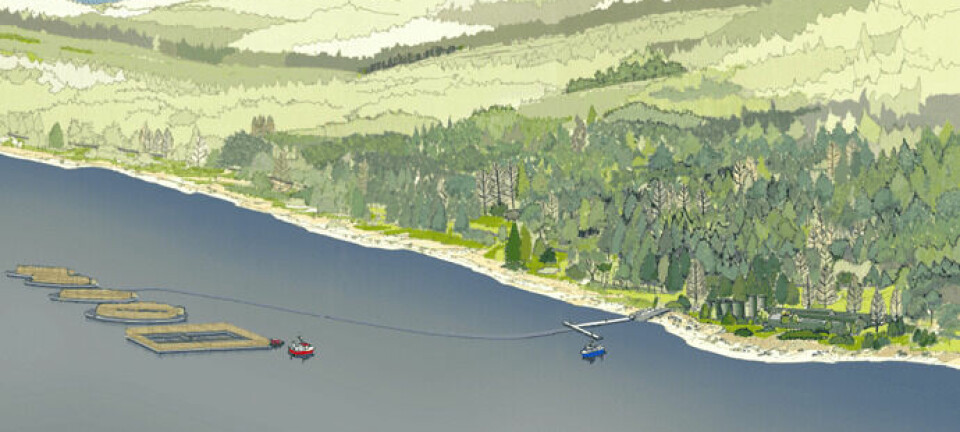“Chilean salmon has tremendous potential in Europe”
By Christian Perez Mallea
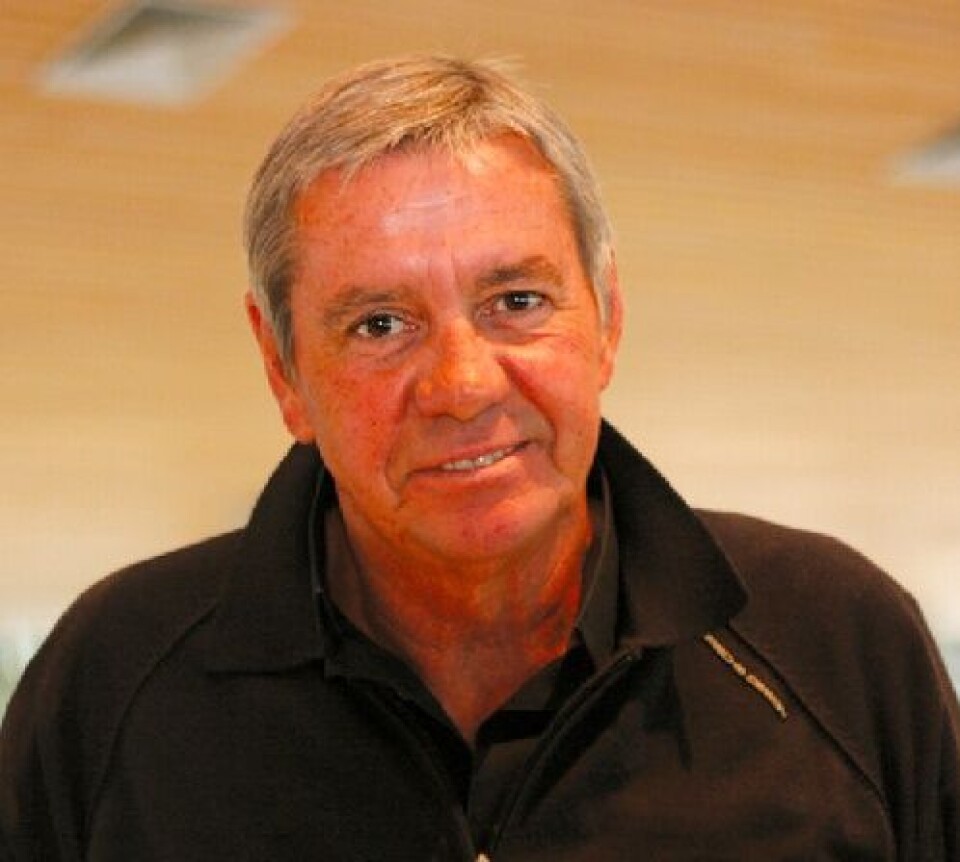
“Norway and Chile have different markets in France,” Philippe Barbe,president of the French salmon importer and distributor, Direct Ocean, explained. He said this last August during a financial seminar in Trondheim organized by Nordea, which was attended by more than a hundred Norwegian investors and salmon producers According to Mr. Barbe, Chilean salmon has a great potential with frozen fillets for the institutional market such as by-products for re-processors and portions for the retail and hard-discount stores. In turn, he believes that fresh Norwegian salmon products have a larger niche in higher-end sectors like supermarkets, wholesalers and smokehouses. Mr. Barbe also highlighted some of the advantages and disadvantages he sees in the salmon products from both nations. While, in his opinion, Norway‘s proximity to Europe and quick response with product are to the country’s advantage, he considers Chile’s strengths to lie in reasonable labour costs, lower fat content of its salmon and a superior infrastructure for value-added frozen products. In conversation with FishfarmingXpert, Mr Barbe extended his analysis across the entire European market, forecasting higher demand for Chilean salmon products, and expected price ranges for the rest of this year. In your opinion, which salmon products have the highest consumption in Europe? It depends on each particular country. For example, Germany demands lots of frozen portions and almost no fresh salmon. In contrast, France, as well as England, buy less frozen portions, but demand many more cuts, fillets and fresh salmon in general. In France, fresh and smoked fish are bought in supermarkets. In addition, almost half of the salmon consumption in France consists of smoked products. These products are usually made from fresh salmon, although earlier this year some French smokehouses and Europeans in general, have purchased frozen Chilean fillets to smoke, because the price of fresh Norwegian salmon was too high. Here, the largest demand comes from supermarkets, re-processors (smokers and ready-meal manufacturers) and the institutional segment. The difference is that the smokehouses mainly use fresh whole fish from Norway or Scotland, while the ready-meal processors mostly use , frozen salmon from Chile, especially blocks of fish, which are the main type of product of the Chilean industry. The third kind of customer, which is the institutional segment or those salmon consumed outside the house, uses frozen portions and fillets, because it is generally cheaper than fresh fish and also requires less complex logistics and storage.
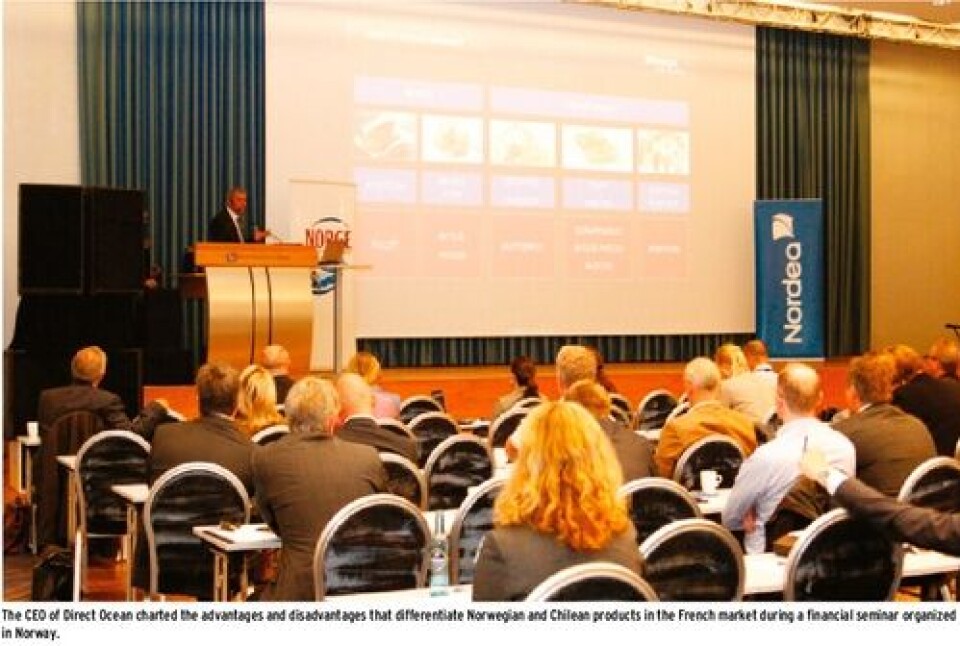
What presentations Chile could use as primary product niche in Europe? Which products could Chile use as its primary niche in Europe? The largest potential market for Chile in Europe is more oriented towards lower priced products, such as downgraded cuts or industrial grade cuts. For the institutional segment demand, the economic aspect (price) is very important. Therefore, grade 1 fillets and fillets with/without skin, or portions made with this type of fillet would be the primary niche for Chile, along with blocks of fish, as these require a lot of labour, which is cheaper there than in Norway or Poland, for example. Another good opportunity for Chile is found in portions intended for the hard discount market, which is a huge business, the specifications of which are quite open. Before the ISA virus crisis, Chile dominated 80% of that market, which is the equivalent of about 15 000 tonnes of portions or 30 000 tonnes whole fish. Sometimes, the price of Chilean salmon is well below the price of the Norwegian product. For example, earlier this year several Chilean companies sold premium fillets and signed some contracts for high quality portions, but it is really difficult for Chile to sell these products in Europe and compete against fresh salmon from Norway, except under particular market conditions. Regarding those prices, which are sometimes volatile, do you think a global price index is needed? Maybe a product like trim-C or trim-D could be used as reference. It is very complicated, because the idea of bringing it all back to a standard - like the 3-6 superior in Norway, is very complex.
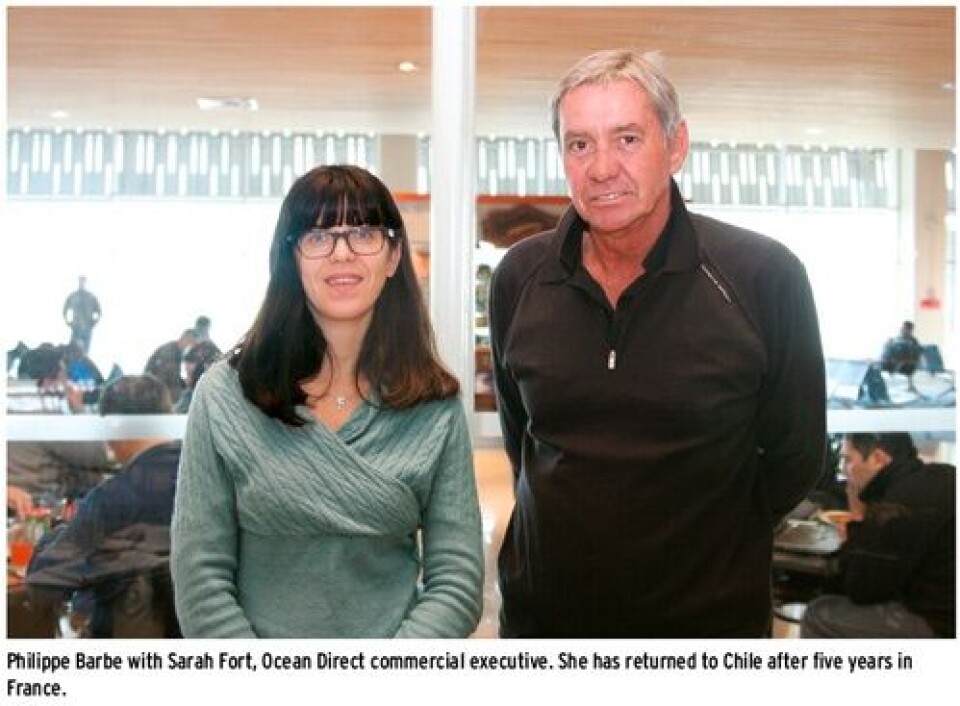
FishPool wants to do something in that direction, how useful could that be? Perhaps the easiest thing would be to follow up the 3-6 superior standard, as the majority of Norwegian companies sell whole fish, headed and gutted. That reference seems to be the most logical, because if you use a value-added product, you will find many different specifications. A trim-C or trim-D fillet is almost the same everywhere, but there are different degrees, determined, among other things, by quality, presence or absence of hematomas, with or without gaping, etc. Under these conditions, using the 3-6 superior as a global standard would be the only solution. The price has certainly increased in almost all the markets this year, Europe included. Is this new price already being transferred to the consumers and what price expectations do you have for the rest of this year? Yes, part of the market has started paying these new prices from the beginning of this year. By the end of 2012 there were still very low prices and the contract price offered by the Norwegians for 2013 was about NOK 33-34. At that time, many buyers expected that Chile would expand substantially and as a result many contracts were not signed. Instead, lots of buyers bought spot prices and paid between NOK 35 and NOK 40 in January for the same product. This variation was quickly transferred to the fresh salmon customers. In frozen products, some supermarket chains concluded contracts for three or six-month periods at the 2012 price. However, since the beginning of July this year, almost every customer has been paying the new price.
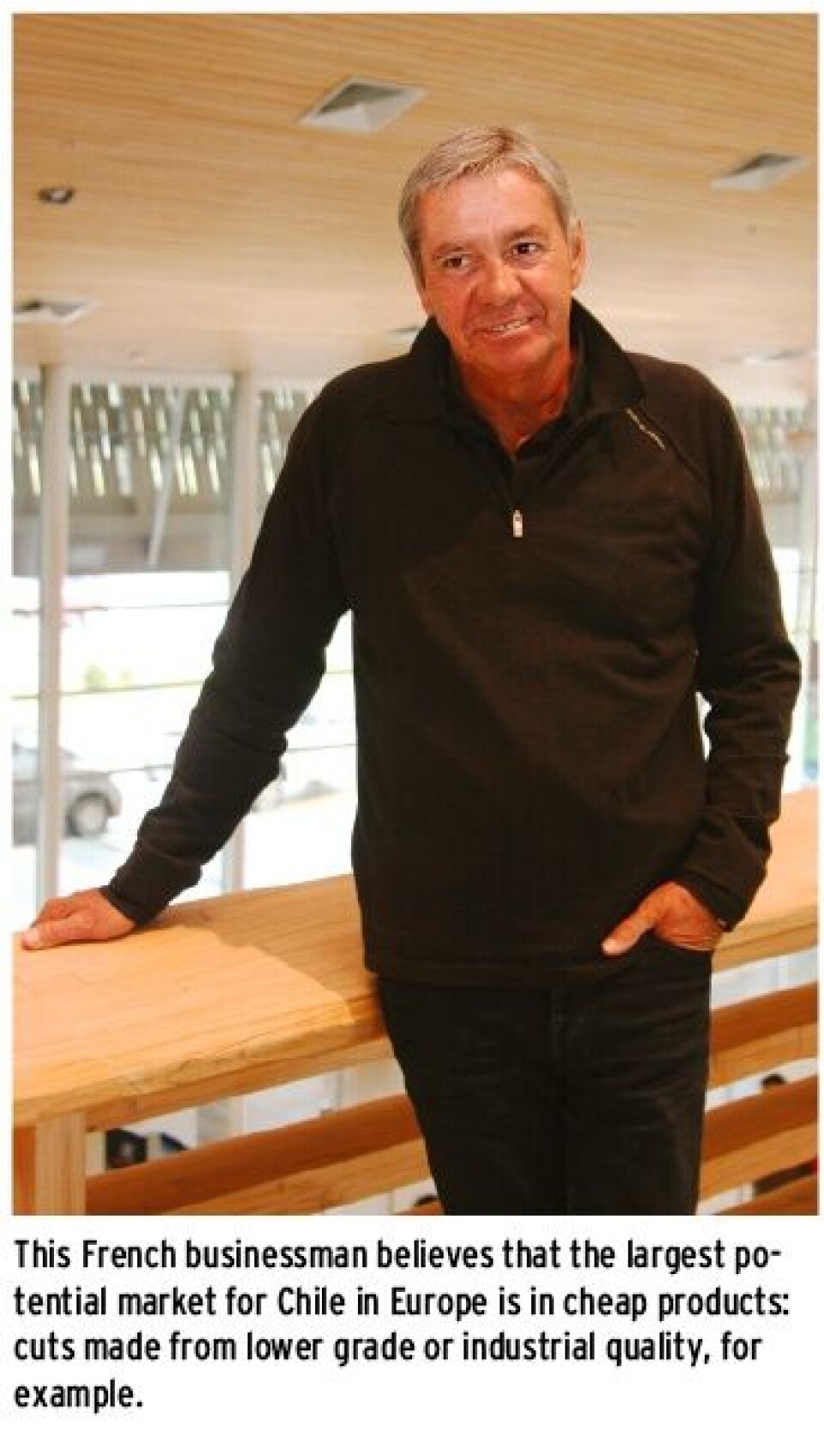
We will probably have an average price of NOK 34-35 over the last four months of this year. There were many sales contracts signed at NOK 34 to deliver fish between July and December this year, which can be considered as an indicator of business and not just financial speculation. How has the economic crisis in Europe affected the demand for salmon? It has not affected it much because salmon is now a mass consumer product. In a crisis you have to eat anyway. In addition, people eat more and more fish, especially for its beneficial health aspects, as well as for its role in a balanced diet. Salmon consumption has not really been affected over the past two years, for example. In fact, salmon consumption rose in recent months in Europe and, in particular, in France.
Finally, more than the crisis, the very high prices seen in recent months have had an effect both on consumption and the financial situation of the European industry. According to a Marine Harvest report, in the 12 months between the second quarter of 2012 and the first quarter of 2013, salmon shipments from Chile to Europe grew by 66% compared to the same period of the previous year (from 17 700 tonnes to almost 30 000 tonnes). What scope for growth still remains for the Chilean producers in the European market? It is difficult to give a precise figure, but there is significant potential. During the ISA virus crisis, Chilean salmon almost disappeared from Europe. Considering that significant market loss, there is great potential for growth that could perhaps reach the 100 000 or 200 000 tonnes range in some years.
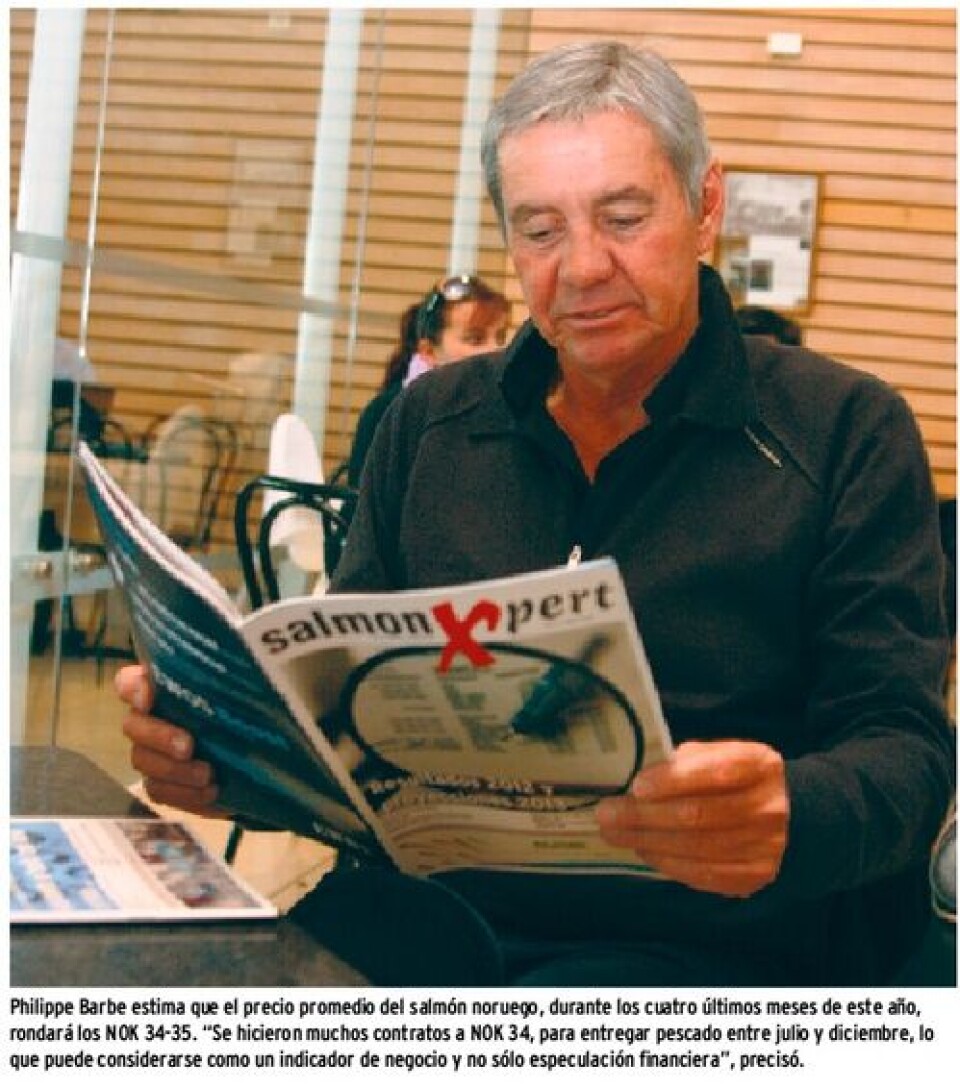
Probably, the best formula for Chile is selling their top products to the United States and Japan, and sending all their lower grades to Europe, to avoid any competition with fresh Norwegian salmon. In this way, only premium products could be exported to the main markets, resulting in the achievement of a stronger position in those countries in the long term, compared to salmon from Canada or wild product. What are your plans in Chile for this and the next year? Our idea is to further develop the European market for Chilean products. We are in a strong position. We sold an average of 800 tonnes of finished product per month and could reach 9 000 tonnes of finished product per year. This all means, for example, moving a lot of products, using a large number of containers, being subjected to many inspections, doing extensive administrative work, making purchases, arranging shipping and shipment tracking,. That is why we have decided to strengthen our team in Chile, which will now also include Sarah Fort and Marc Nicostrate.
